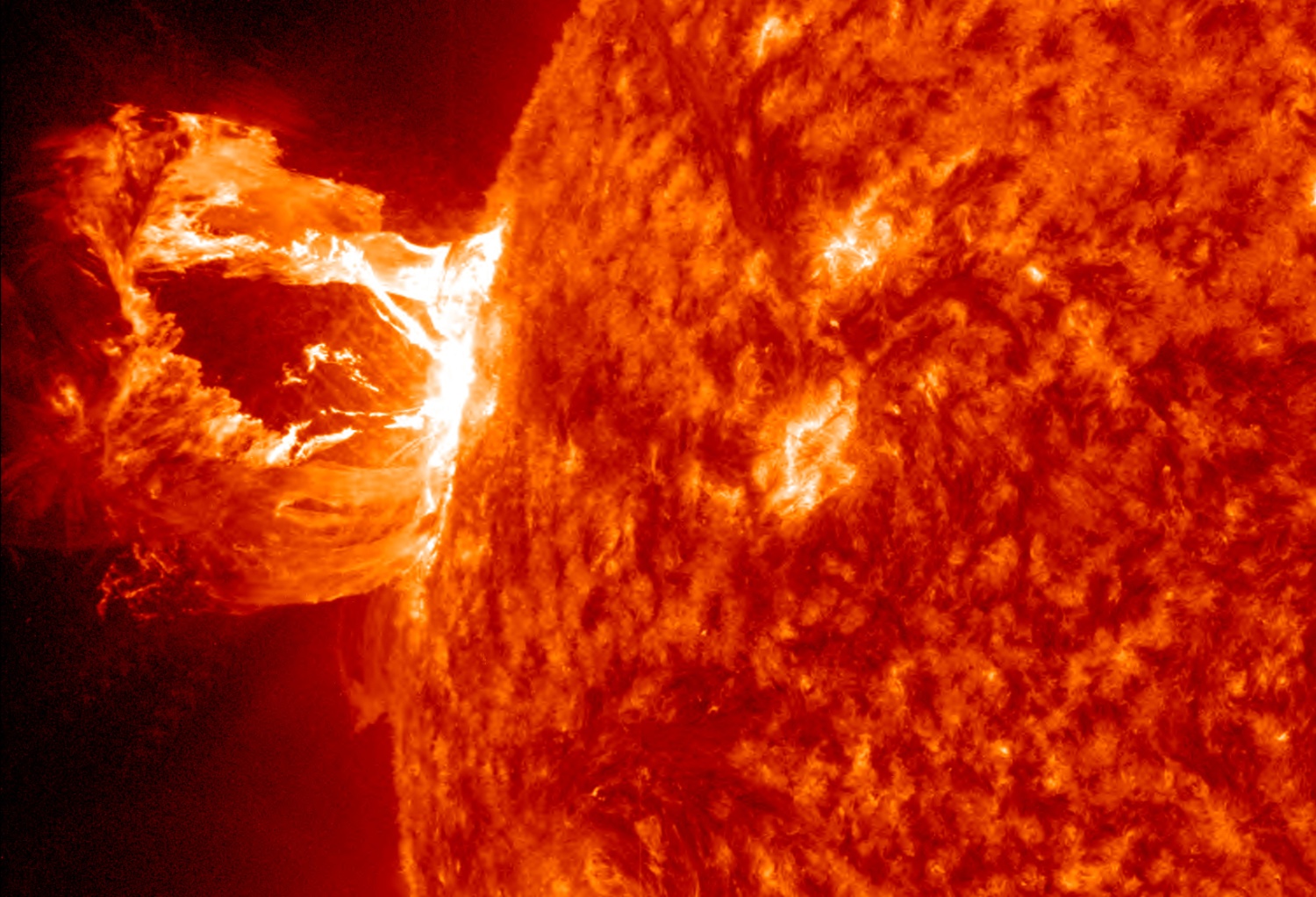The solar storm in May 2024 turned out to be so powerful that its effects were felt even on the ocean bottom. Magnetic compasses used by Ocean Networks Canada (ONC) to monitor the ocean off the Canadian coast have recorded a significant distortion of the Earth’s magnetic field due to the huge flow of particles ejected from the Sun.

ONC has underwater observatories off the east and west coasts of Canada at depths of up to 2.7 kilometers. Compasses are used to orient Acoustic Doppler Current Profilers (ADCP), which track changes in ocean currents. This data must be checked daily to ensure quality control. The data obtained from the instruments showed that the May solar storm turned out to be extremely powerful.
The next two years will be the peak of the 11-year solar cycle. After a decade of relative silence, auroras similar to those that occurred last weekend are likely to become even more frequent. Physicist Justin Albert from the University of Victoria notes that solar activity is difficult to predict accurately, but the ONC network can become an important instrument for studying the influence of solar activity on terrestrial magnetism.
Solar storms, or geomagnetic storms, occur when eruptions on the surface of the Sun emit billions of tons of material that reaches the Earth at high speed. These particles interact with our magnetic field, causing auroras and other effects. Such storms can cause overvoltage of the power supply network, disruptions in navigation, communications and radio transmissions, as well as affect aircraft and satellites.
Recently, the Sun has been especially active, approaching the solar maximum. ONC data specialist Alex Slonimer noticed anomalies in the compass data back in March during several geomagnetic storms. He first checked to see if it was a potential earthquake, but these changes had been going on for too long and in different places at the same time. Then he checked to see if it was related to solar activity, and it was confirmed.
When powerful solar activity began on May 10, the data showed anomalies again. Most of all, this affected the compass at a depth of 25 meters off the coast of Vancouver Island in the Folger Passage, where the arrow deviated by +30° and -30°.
This discovery could be an important tool for understanding the effects of solar storms on Earth. ONC President Kate Moran notes that these data, recorded at a depth of kilometers under the ocean, highlight the magnitude of the solar flare and may be useful for better understanding the geographical scale and intensity of such storms.
Earlier, we reported on the danger behind the auroras.
According to sciencealert.com


